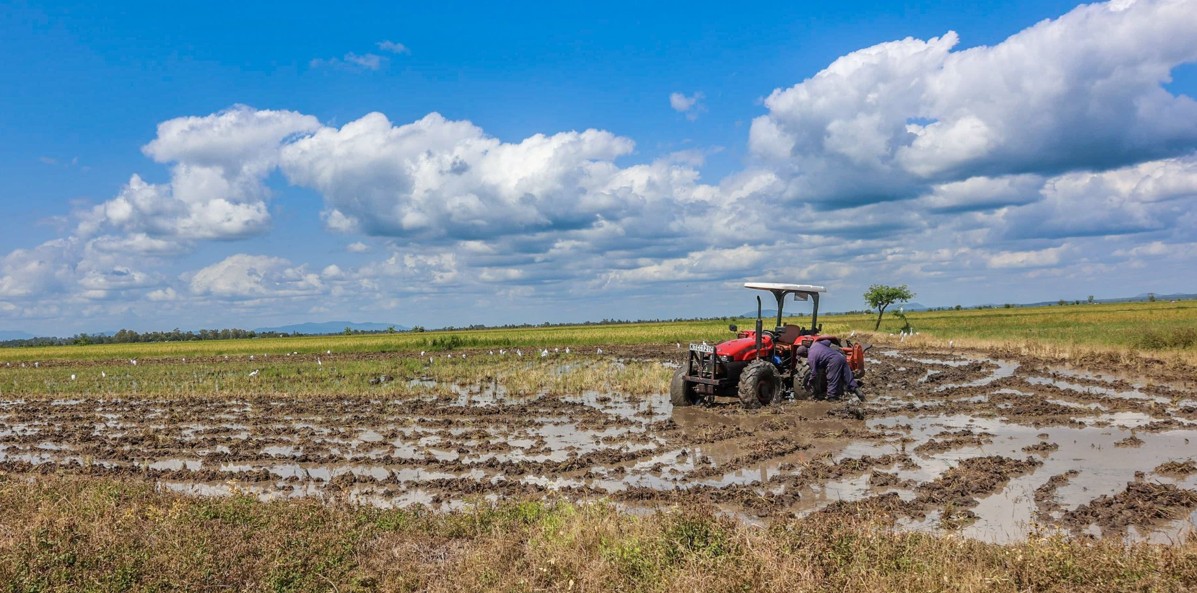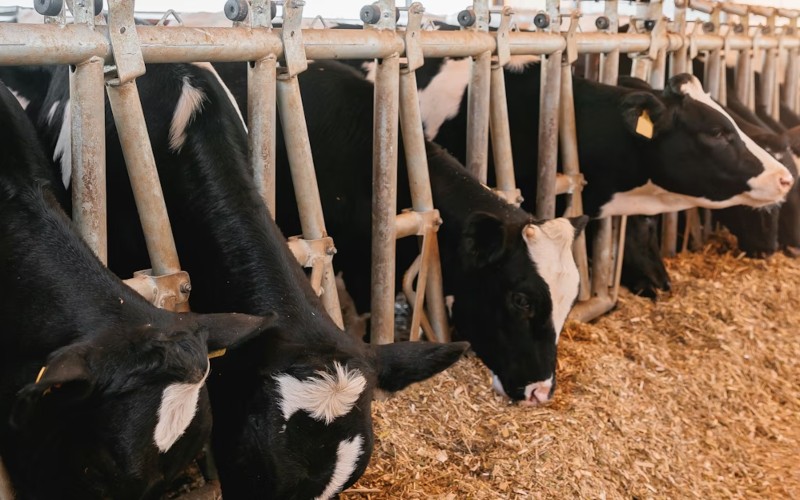FAO warns of declining youth jobs in agrifood systems despite global demand

Findings by the Food and Agriculture Organisation reveal a growing disconnect between youth and one of the most important employment sectors, especially in the less formalised agrifood systems of Sub-Saharan Africa.
The share of working youth employed in agrifood systems has steadily declined over the past two decades, even though the sector remains a vital source of livelihood for millions of young people around the world.
Findings by the Food and Agriculture Organisation (FAO) reveal a growing disconnect between youth and one of the most important employment sectors, especially in the less formalised agrifood systems of Sub-Saharan Africa.
More To Read
- Somalia declares drought emergency as millions face hunger after failed rains
- Relief for consumers as benchmark food prices ease for second month in a row
- FAO warns of rising human-induced land degradation threatening crop yields, child nutrition
- Millions face escalating hunger crisis in eastern DRC, UN agencies warn
- Global food prices ease as East Africa slips deeper into hunger – report
- Isiolo County unveils 10-year land use plan to curb insecurity and human–wildlife conflict
In its report "The Status of Youth in Agrifood Systems", FAO notes that about 85 per cent of the world’s youth live in regions where agrifood systems are a key sector, yet persistent barriers continue to limit their full participation.
In 2021, 44 per cent of working youth and 38 per cent of working adults were employed in agrifood systems — figures that have declined over time.
“Since 2005, the global shares of working youth and adults in agrifood systems employment have decreased by about 10 percentage points, driven mainly by decreases in agricultural employment,” the report states.
Employment potential weakened
It further notes that both youth and adults are leaving agriculture at similar rates, raising concerns about the sector’s ability to absorb and retain the fast-growing youth population in developing regions.
FAO warns that the employment potential of agrifood systems for young people is being weakened by limited access to land, finance, education, and technology.
Generational and gender inequalities deepen the challenge, with young women and rural youth particularly disadvantaged by issues such as delayed inheritance, land fragmentation, and high land prices.
The report also underscores a widening rural-urban gap. Rural youth have fewer opportunities for training, social networking, and formal employment than their urban counterparts.
Young rural women face even greater exclusion — they are more likely to be out of school, unemployed, or not in training due to care responsibilities and early marriage.
Possible solutions
Even so, the report points to possible solutions.
Digital technologies and ICT tools are increasingly viewed as key enablers for young people, helping them access education, information, and professional networks, especially in rural areas.
Since youth are generally more digitally connected than adults, FAO suggests that harnessing these technologies could help re-engage them in agrifood systems and unlock the sector’s untapped employment potential.
“Digital technologies not only have broad appeal among young people but also facilitate youth access to finance and markets and help to reshape their perception of agriculture,” FAO notes.
Globally, young people are more digitally connected than older populations. About 81 per cent of those aged 15–24 use the internet, compared to 68 per cent of adults aged 25–74.
Top Stories Today












































